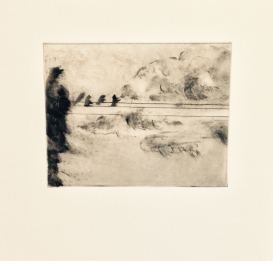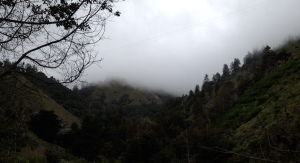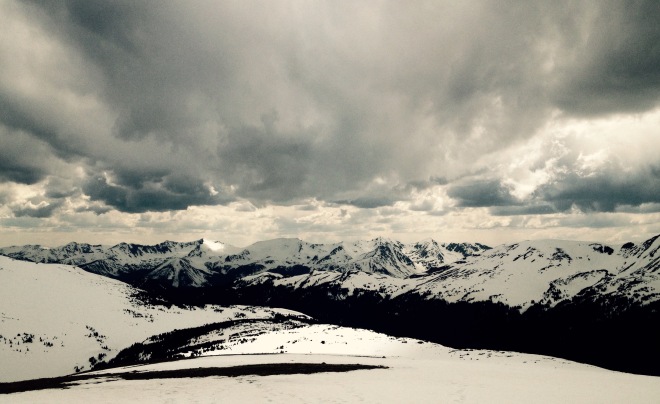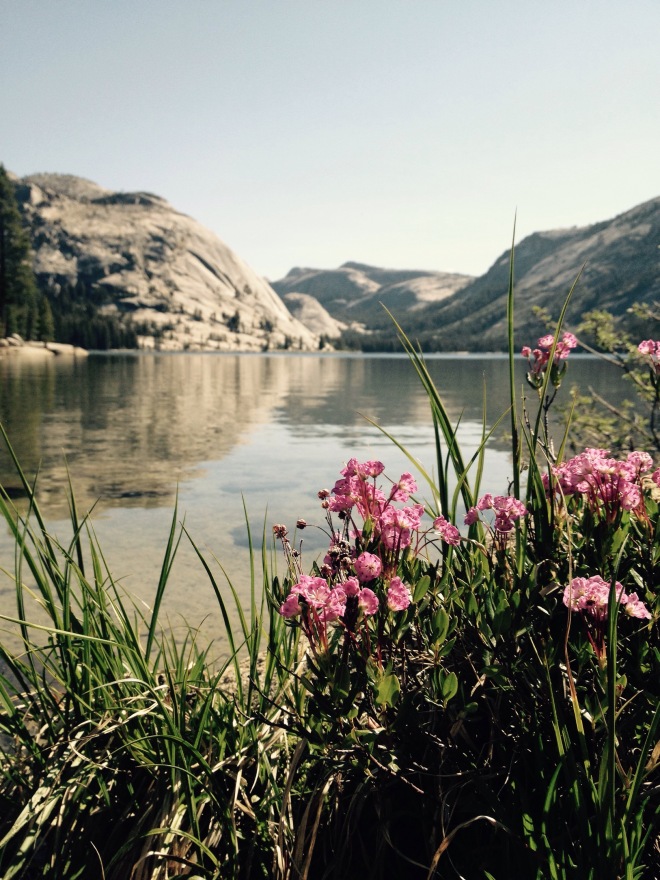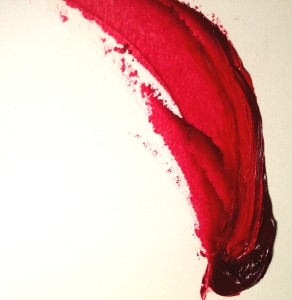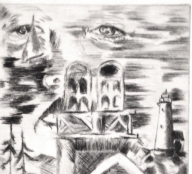A common belief exists that art is somehow a magical calling, that only a certain elite can achieve. Artists, however, know that art is work, and it takes work to make our endeavors appear effortless. The artist has not been ordained by a higher calling, he’s simply committed himself to a different genre of work.
When the conversation, “what do you do?” comes up, the occasional comment from the asker reads something like this, “I used to love art! My favorite was drawing. But you know, I just couldn’t see myself getting a job in it.”
It’s true, work for artists is different. We need more than resumes. We need portfolios, strong networking connections, work ethic, and excellent self-motivation skills. The last four mentioned are dramatically important for artists who do not pursue academics, and likewise for those who do. Here are some reasons you might not want to pursue art in academic setting, and a few reasons why you might:
There’s a trend in academia world: academic artists tend to stay in academia for the rest of their career. The academic artist often has a goal to teach at the collegiate level, and hence why graduate programs make sense for such an individual. Entrepreneurial artists on the other hand, have a dilemma: they likewise need space, time, and network to build excellent work and reputation. Yet the entrepreneurial artist doesn’t necessarily need extra debt to begin a business. Read what the bloggers from printeresting have to say about this topic for more about weighing your options.
From a personal perspective, I would love to go to graduate school to further my artistic career. However, since I started college, dollar signs have been the first in my foresight, and although I have much less than 10 years of debt now, I’m not ready to throw away my hard work at debt payoff by accumulating more. For the artist who choses not to take the advantages, and disadvantages of grad school right away, here are six steps essential to starting your endeavors.
So how to make headway on the art path without further education
These are methods I am currently putting into practice.
1. Keep a visual journal. Whether you’re a sculptor, a ceramicist, or a designer, keep a visual journal or sketchbook. You may say you’re no good at two-dimensional work—its still important to keep a sketchbook to write ideas. Think of it more as journaling everyday. The blank pages will come in handy when you have an idea you really need to lay out, just to get it out of your head or share with a friend or colleague. My ideas flow in my head when I’m driving, when I reach my destination, I am sure to have a book to catch it in.
I used to be embarrassed of journaling in mid-day, in a cafe full of business men on their lunch break. I embrace it now because I realize I’m just like any other worker, I’m not different. My work is different. But like the business men and women beside me, I’m still working, just of another kind. Accept what you do, don’t worry about the others. Sketch in mid-day, on the subway, train, office-lunch break, wherever and whenever.
Have more than one sketchbook. I currently use all of these listed:
- a 4×6″ agenda book that also has accumulated quotes, ideas, and hand-lettering sketches.
- paperback 5.8×7.8″ which is my primary journal and sketchbook, I don’t leave the house without this one.
- A 9×12″ I use for mostly drawings and minimal writing.
- An 11×14″ pad of tracing paper for refining my work. Typically when I’m in the refining process, I’ll think of another way to do something, so the tracing paper quickly becomes an extra sketchpad.
- I also have a larger drawing pad I use for conjuring large work, but I don’t consider this a visual journal/sketchbook.
- Yet another fifth, is an older sketchbook that still has a few pages left–I keep that one in the car at all times just in case I forget the others. This is just my personal method for keeping ideas flowing–other artists use mixed media compilations, collect images, hoard objects–do what you need to.
2. Make good work. Lots of it. Set a goal for a body of work you want to have. Set the goal in numbers: such as 6 paintings 30×40″ or larger, and 10 small 8×10″ paintings. Once you reach your goal amount from a new body of work, begin another.
If you work primarily in 3-demensional forms, have a similar number goal. Take excellent photos of your work.
I’m a printmaker. So it’s important for me to have work in various sizes, with various experimental techniques at play. I have dozens of small works to show off, however size and quantity really are relative to impact. So I am focusing my energy now on making a new body of larger works.
3. Talk to your artist friends. Not only will this invite stimulating art conversations, you’ll feel inspired to make work. Talking about work and thinking about work will eventually lead to making work.
Talk to your artist friends about art history, a recent article you just read, mediums, why you want to be an artist. Be proud of what you do. When you talk about your work, think of the best work you’ve done–then think about the work you want to do.
Encourage your friends, too. Mention the strengths of a favorite piece of theirs. These bonds of relationships do wonders.
4. Find studio space. One of the hardest things for me as an artist, is no longer finding the time to make work, but really the space. If I have a place to go to work, I’ll work. The basement method is only partially successful for me. The home in general plays a few psychological tricks on the mind–is the home working space, or do I have too many other “homey” things to work on (fixing the sink, cleaning the house, etc.)?
Designate a space in your home specifically for making work and nothing else if possible.
Talk to local gallery owners about your search for space, they could possibly connect you to someone who rents or they may actually offer what you need. This is where talking to your artist friends will come in handy.
Or you might even dare to move to one of these cities that are offering cheap studios for rent in return to beautify the city.
5. Get involved in an arts community. This is fundamental. Despite how supposedly introverted many artists can be, it is absolutely essential to get involved in an artist community. Divianart is a great place to start. And for some, it may even be their only arts community they’re involved. Be encouraged by the internet, and use as many networks as you can. Michael Cuffe has an excellent synopsis of how to use social networks to build your artist career for photographers, media personnel and artists alike (be sure to watch the full 1-hour lecture, and take notes in your visual journal).
Now, please try to experience real-world conversation. As special, helpful, and advanced the internet has become, and how much connective opportunity it allows, face contact is still a primary source for landing engagement and career opportunity. Find out what your city or town has going on, and if nothing exists, consider starting up the conversation to create physical art related experiences.
Volunteer your time to a community arts group, look up co-ops to become a member, offer to help a friend with their own project, or conjure a collaborative effort.
6. Expand your idea of “art”. Creating, conjuring, piling, publishing. Find related words to “art” and attach them to your other interests. For example, if you care about recycling and environmental efforts, consider simple methods to represent this. It could be as plain as piling field trash, and documenting the process/result. Don’t worry about whether or not the act has been done before by someone else. These are exercises to build reputation and a sense of portfolio; find a way to blog, record, and somehow share these art expansions–they are proof that you are still working despite possible less than ideal life situations.
Don’t worry about using “your medium”–make the world your medium—really, use whatever materials come your way. Just make sure you do it, and find a way to show it to someone else. These are exercises to build reputation and portfolio work. Find a way to blog, record, and somehow share these ex
40.037875
-76.305514
